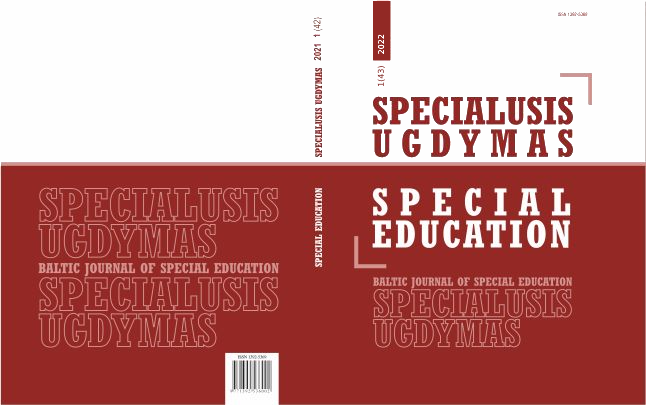A Review on the Performance, Emission and Combustion Characteristics of Karanja, Jatropha and Polanga Biodiesel and its Blends in a Diesel Engine
Main Article Content
Abstract
Energy is an essential factor for improving the quality of life, human welfare, socio-economic growth, and development. As the world's energy demand increases , the need for energy security as a result of rapid depletion of fossil fuels has been an issue of concern.Hence, an alternative source of energy needs to be established. Biodiesel, which is biodegradable, renewable, non-toxic, and has similar properties to conventional diesel fuel could serve as an alternative source of fuel. When compared to mineral diesel, biodiesel has lower CO, CO2, HC, and smoke opacity emissions.In terms of brake thermal efficiency (BTE), brake specific energy consumption (BSEC), smoke opacity, and exhaust emissions, biodiesel-fueled engines performed slightly better than diesel-fueled engines. This paper reviews the performance, emission, and combustion characteristics of some non-edible oils of karanja, polanga, and jatropha-based biodiesel obtained from experiments performed at different conditions.
